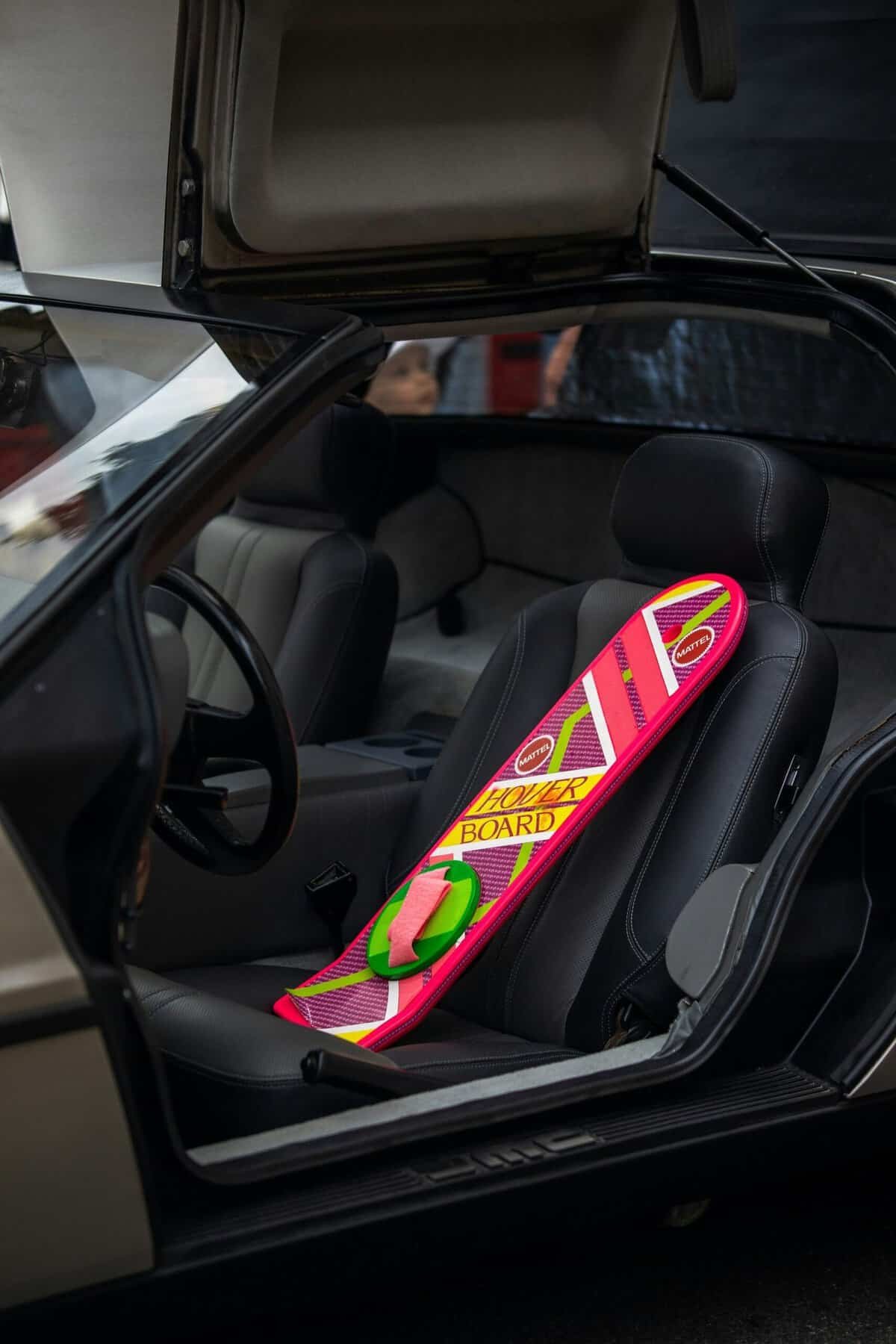Have you ever wondered how the rise of hoverboards might be changing the way we think about biking? Perhaps you’ve noticed more and more people gliding effortlessly down the street on these futuristic contraptions and questioned what that means for the traditional biking culture that has been around for generations. In this discussion, we’re going to unpack the influence of hoverboards, and see how they are reshaping our views and practices when it comes to bicycles.
Understanding Hoverboards
To better grasp the impact of hoverboards on biking culture, it might help to first understand what hoverboards are. Hoverboards, also known as self-balancing scooters, are a type of personal transportation device. They use gyroscopic technology to detect the user’s center of gravity and adjust speed and direction based on how the rider shifts. These devices have become particularly popular in urban areas for their portability and ease of use.
The Appeal of Hoverboards
You might be wondering what makes hoverboards so appealing to people, especially those who traditionally opted for bicycles. Hoverboards are compact, lightweight, and offer a unique method of transport that feels more like gliding than riding. They appeal to tech enthusiasts and people seeking a modern alternative to traditional forms of transportation. Plus, for some, hoverboards provide an element of fun and novelty.
Technological Differences
When comparing hoverboards to bikes, you quickly realize that one of the main differences is the technology involved. Unlike bicycles, which have been around for centuries, hoverboards have emerged from cutting-edge advancements in balance control, lithium batteries, and gyroscopic sensors. This high level of technology might resonate strongly with those who have a keen interest in gadgets and modern innovation.
The Tradition and Culture of Biking
Bicycling has a rich history and tradition that stretches back over two centuries. It’s not just a mode of transportation; it’s woven into the cultural fabric of societies worldwide. Bicycles have been used for commuting, sport, recreation, and even as symbols of freedom and sustainability.
Biking as a Lifestyle
For many, biking isn’t just about getting from point A to B. It represents a lifestyle choice. Cyclists are often seen as environmentally conscious and health-focused individuals, finding joy in the physical activity and the open-air travel bicycles offer. Biking culture is celebrated through various events, clubs, and communities around the world.
Social and Environmental Impact
Bikes play a significant role in creating sustainable urban environments. They contribute to reduced carbon emissions and vehicle congestion. Furthermore, the social role of biking, from casual weekend rides with friends to community cycling events, has always been significant, fostering connections and shared experiences.

Hoverboards Versus Bicycles: A Comparative Analysis
So, how do hoverboards stack up against traditional bicycles? By examining various factors, one can see how these two modes of transportation differ and intersect.
Portability and Convenience
| Feature | Hoverboards | Bicycles |
|---|---|---|
| Weight | Typically 20-30 pounds | Ranges from 15 to 30 pounds |
| Portability | Easy to carry indoors | Often require outdoor storage or racks |
| Storage Space | Minimal | Requires more space |
Hoverboards are arguably more portable than bicycles due to their compact design, making them suitable for those with limited storage space. This practicality could be one reason why someone might choose a hoverboard over a bicycle.
Cost and Maintenance
When it comes to cost, both hoverboards and bicycles vary greatly. The price span for hoverboards is typically between $100 to $600 depending on features and brand, while bicycles can range from $80 for a basic model to several thousand dollars for high-end versions. Maintenance for a hoverboard primarily involves battery care and software updates, often requiring less hands-on effort than a bicycle, which might appeal to those less inclined toward mechanical upkeep.
Safety Considerations
While bicycles can be considered relatively safe with proper use and protective gear, hoverboards have been scrutinized for safety concerns. Early models were notorious for battery-related fire hazards, although newer iterations have made significant improvements. Hoverboards also present a steeper learning curve regarding balance and maneuverability, whereas biking is generally perceived as more intuitive.
Riding Experience and Accessibility
The riding experience on a hoverboard is vastly different from that of a bicycle. Hoverboards offer a more novel and sometimes challenging ride as they require precise balance. However, this might attract individuals looking for something new or those who enjoy leisurely suburban or urban exploration.
Inclusivity and Accessibility
In terms of accessibility, bikes have traditionally been easier for a broader range of ages and abilities. While hoverboards can be fun for many, they may not be as inclusive for those with balance issues or certain disabilities. In contrast, bikes offer options like tandem bikes and adaptive bicycles for varied needs.

Cultural Impacts
You may have noticed that the allure of hoverboards among younger people seems to challenge the cultural status of bicycles. Let’s take a closer look at how these changes are playing out.
Shifts in Lifestyle Choices
With the advent of hoverboards, there’s been a noticeable shift in what younger riders opt for in terms of personal transportation. While bikes have long been equated with rite-of-passage experiences, hoverboards provide an exciting alternative that aligns more with digital-age sensibilities.
Reimagining Urban Mobility
Hoverboards fit well into the evolving concept of urban mobility. As cities grow and technology advances, newer modes of transport are integrated into daily life. Hoverboards offer an additional layer of convenience that complements existing public transport systems, providing first-and-last-mile solutions that reshape city commuting experiences.
The Future of Biking in a Hoverboard World
It’s important to consider how bicycles can coexist with emerging technologies like hoverboards. The future of biking may see an increased blending of traditional practices with new innovations.
Adapting to a Changing Landscape
Biking culture has always shown adaptability. From embracing electric bicycles to varied city biking programs promoting car-free routes, the biking world often incorporates new trends while preserving its core values of health, environmental sustainability, and freedom.
Innovations Inspired by Competition
Competition from inventive transit solutions, such as hoverboards, could inspire further innovation within the biking industry. You might find that these innovations lead to better integrated bike-and-board lanes, more creative cycling gear, or new technologies enhancing biking experiences.

Embracing Diversity in Personal Transportation
Diversity in transportation options can only enrich our commuting landscapes. Providing individuals with more choices increases accessibility and promotes an appreciation for multiple modes of transport.
Collaborative Community Efforts
Both hoverboards and bicycles contribute to a diversified community environment. As both devices become more prevalent, it’s likely they will collaborate rather than directly compete. Community efforts could lead to shared spaces, events, and even hybrid technologies that integrate elements of both devices.
Balancing Tradition with Modernity
As hoverboards make their mark in personal transportation, traditional biking culture remains pivotal. Balancing these worlds might involve recognizing and valuing the differing needs and preferences of individuals, leading to a richer, more inclusive landscape for everyone.
In conclusion, hoverboards have undoubtedly influenced traditional biking culture by introducing new trends and priorities in personal transportation. Whether through the rise of new technologies, shifts in cultural preferences, or urban mobility transformations, understanding these impacts helps in visualizing how the delightful heritage of biking can harmoniously coexist with futuristic advancements.

